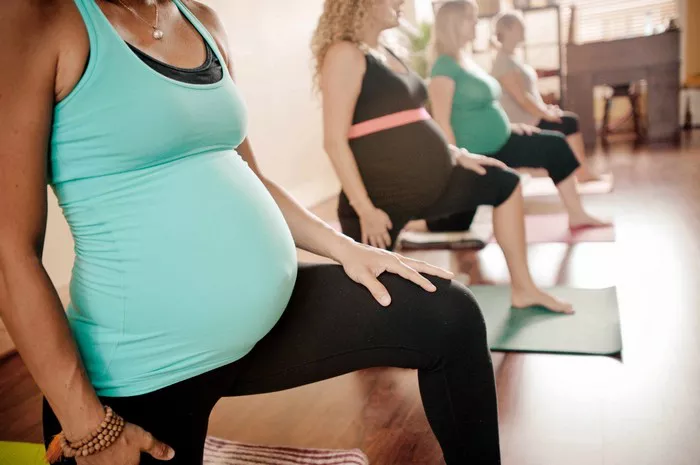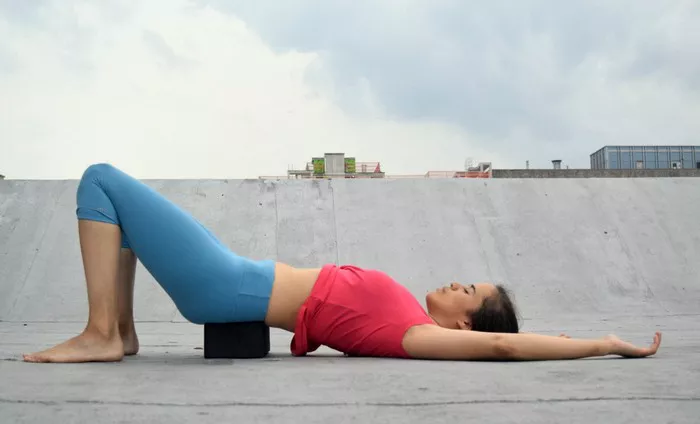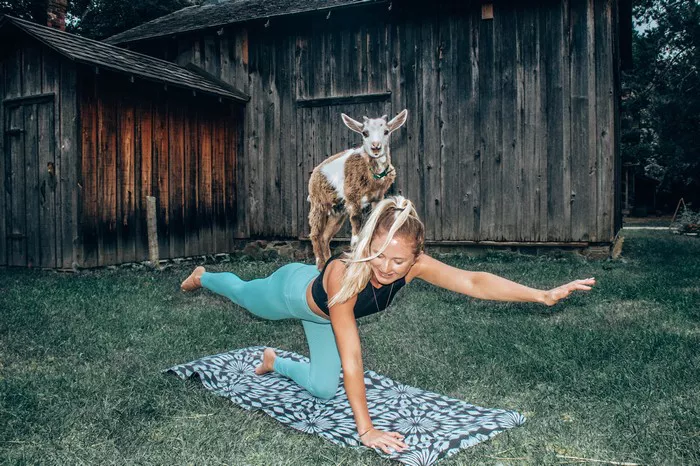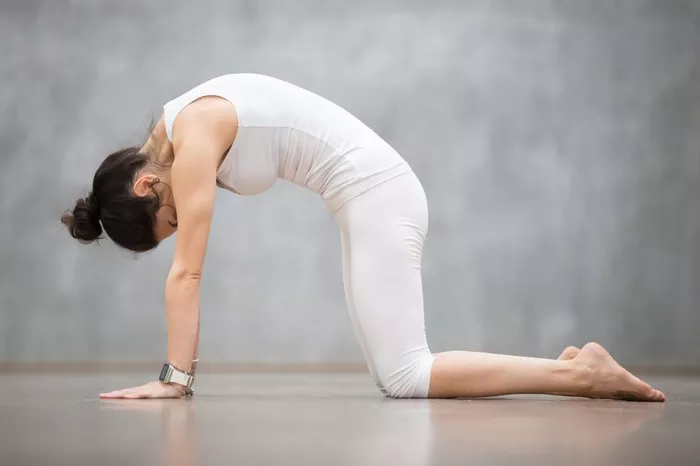Yin Yoga, a meditative and slow-paced style of yoga, has gained immense popularity for its ability to calm the mind and deeply stretch the body. Unlike more dynamic forms of yoga, Yin focuses on long-held poses, targeting the deep connective tissues, ligaments, joints, and fascia rather than working the muscles. It cultivates stillness, patience, and introspection, allowing practitioners to balance their body’s energy and create a sense of deep relaxation.
Central to Yin Yoga are its foundational elements that shape the approach, intention, and benefits of the practice. Understanding these elements helps practitioners achieve the full potential of each pose and align their practice with the principles of Yin. Let’s explore the five essential elements of Yin Yoga poses, detailing their significance and how they guide your practice.
1. Time: The Heart of Yin Yoga
Holding Poses for Extended Durations
Time is a cornerstone of Yin Yoga, distinguishing it from other yoga styles. In Yin Yoga, poses are typically held for 2 to 5 minutes, and sometimes even longer for advanced practitioners. This prolonged stillness allows the body to gently stretch and stimulate the deep connective tissues, which respond best to slow, sustained pressure.
Why Time Matters in Yin Yoga:
Physical Benefits: Holding poses for longer durations allows the fascia—the connective tissue surrounding muscles and organs—to release tension and regain elasticity. It also helps improve joint mobility and stimulate the body’s energy pathways, often referred to as meridians in Traditional Chinese Medicine (TCM).
Mental Benefits: Staying in a pose for several minutes teaches patience and mindfulness, providing an opportunity to cultivate inner awareness and focus.
Energetic Benefits: Yin poses create subtle stress on energy channels, encouraging the free flow of chi (life force) through the body.
Practical Tips for Incorporating Time:
- Start with shorter holds if you’re new to Yin Yoga (1-2 minutes) and gradually increase the duration as your comfort and tolerance grow.
- Use props like bolsters, blankets, or blocks to support the body and make longer holds more accessible.
- Focus on your breath to stay present and ease any discomfort during the pose.
2. Gravity: Surrendering and Letting Go
The Role of Gravity in Yin Yoga
Unlike active yoga styles that emphasize lifting, engaging, and holding the body against gravity, Yin Yoga encourages complete surrender to gravitational pull. This relaxation of muscular effort allows the body to sink deeper into the pose over time, enhancing the stretch in the targeted tissues.
Why Gravity Is Important:
Releases Tension: Allowing gravity to do the work helps release chronic tension stored in the body, especially in areas like the hips, lower back, and shoulders.
Encourages Acceptance: Surrendering to gravity mirrors the Yin principle of acceptance—letting go of the need to control or force outcomes.
Minimizes Injury: By relying on gravity rather than muscular effort, practitioners avoid overstretching or straining their muscles.
Practical Tips for Utilizing Gravity:
- Avoid actively pulling or pushing yourself into a pose. Instead, find a comfortable edge and let your body naturally deepen over time.
- Use props to support areas where gravity creates too much discomfort, such as under the knees in a seated forward fold.
- Focus on releasing tension with each exhale, allowing gravity to deepen your stretch gradually.
3. Stillness: The Gateway to Inner Awareness
Finding Stillness in Yin Yoga
Stillness is another key element of Yin Yoga, encouraging practitioners to remain physically and mentally quiet while holding poses. This stillness creates space for introspection, mindfulness, and a deeper connection with the present moment.
Why Stillness Matters:
Calms the Nervous System: Stillness activates the parasympathetic nervous system (rest-and-digest mode), reducing stress and promoting relaxation.
Enhances Awareness: Remaining still helps you observe subtle sensations in the body and shifts in your thoughts or emotions.
Develops Patience: Embracing stillness fosters patience, helping you sit with discomfort and build resilience.
Practical Tips for Cultivating Stillness:
- Once you find a comfortable position, resist the urge to fidget or adjust unless absolutely necessary.
- Focus on your breath as an anchor to quiet your mind and deepen your stillness.
- If thoughts arise, acknowledge them without judgment and gently return your attention to the present.
4. Edge: Exploring Your Limits Safely
The Concept of Edge in Yin Yoga
The “edge” in Yin Yoga refers to the sweet spot where you feel a moderate amount of sensation but without pain or strain. Finding and respecting your edge is crucial for ensuring a safe and effective practice.
Why Edge Is Vital:
Prevents Overexertion: Staying at your edge protects you from overstretching or causing injury to your connective tissues and joints.
Enhances Flexibility Over Time: Consistently working at your edge allows gradual improvement in flexibility and mobility without forcing the body.
Promotes Mind-Body Connection: Exploring your edge requires tuning into your body’s signals and respecting its boundaries, fostering greater self-awareness.
Practical Tips for Finding Your Edge:
- Enter each pose slowly and pause once you feel a mild stretch or sensation. Avoid pushing yourself further, especially during the first minute of the hold.
- Tune into your breath—if it becomes shallow or strained, ease back to a more comfortable position.
- Remember that your edge may vary day to day, depending on factors like stress, fatigue, or tightness.
5. Breath: The Anchor for Mind and Body
Breath Awareness in Yin Yoga
Breath serves as an anchor in Yin Yoga, helping you remain present and connected during each pose. A steady, mindful breath promotes relaxation and supports the release of tension.
Why Breath Is Essential:
Supports Relaxation: Deep, diaphragmatic breathing stimulates the vagus nerve, calming the nervous system and reducing stress.
Facilitates Deeper Stretches: A relaxed breath allows the body to soften and deepen into the pose naturally.
Cultivates Focus: Focusing on your breath prevents the mind from wandering and helps you stay grounded in the present moment.
Practical Tips for Incorporating Breath:
- Practice Ujjayi breath (ocean-sounding breath) or simple diaphragmatic breathing to maintain a steady rhythm throughout your practice.
- Use your exhale to release tension and surrender further into the pose.
- If your breath becomes shallow or erratic, it may indicate that you’ve gone past your edge. Ease back to a more comfortable position.
Putting It All Together: A Guided Yin Yoga Practice
To illustrate how these five elements work in harmony, let’s walk through a short Yin Yoga sequence:
Pose 1: Butterfly Pose (2-3 minutes)
Time: Hold the pose for 2-3 minutes, allowing your body to settle.
Gravity: Let your torso naturally fold forward without pulling or forcing.
Stillness: Once you’ve found your edge, remain still, focusing on your breath.
Edge: Stop at a point where you feel a mild stretch in your hips and inner thighs.
Breath: Inhale deeply to lengthen your spine; exhale to release tension.
Pose 2: Caterpillar Pose (3-5 minutes)
Time: Stay in the pose for 3-5 minutes, giving your hamstrings and spine time to open.
Gravity: Allow your upper body to relax and fold forward naturally.
Stillness: Avoid fidgeting and focus on the subtle sensations in your body.
Edge: If the stretch becomes too intense, back off slightly and use props.
Breath: Let your breath guide you deeper into the stretch with each exhale.
Pose 3: Reclining Twist (2-3 minutes per side)
Time: Spend 2-3 minutes on each side, giving your spine a chance to unwind.
Gravity: Let your knees fall naturally to the side, supported by props if needed.
Stillness: Once you’re settled, remain still and enjoy the gentle twist.
Edge: Avoid forcing your knees to touch the floor; let them rest where they naturally land.
Breath: Use your breath to soften your shoulders and deepen the twist.
Conclusion
The five elements of Yin Yoga poses—time, gravity, stillness, edge, and breath—form the foundation of this deeply transformative practice. By integrating these principles, you can cultivate greater flexibility, mindfulness, and inner peace while avoiding injury and strain. Whether you’re new to Yin Yoga or a seasoned practitioner, these elements serve as a guide to deepen your practice and maximize its benefits.
Remember, Yin Yoga is as much about the journey as it is about the destination. Embrace the process with patience, curiosity, and compassion, and you’ll discover the profound healing power of Yin.
Related Topics:



























